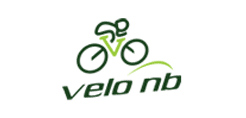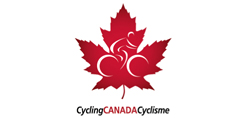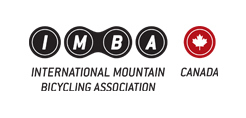RVC grooms with machines that drag grooming gear at MVP and Woolastook – but that’s not what we’re going to talk about here. This is all about ‘shoe-to-ride‘ – the way fatbiking started in Fredericton.
If you are just getting started with winter riding you’re probably just learning about what kind of snow your fatbike can handle. We spent some time discussing that in our post about tires and air pressure if you’re interested. A fatbike can cut through about 5 cm of fresh soft snow – any deeper and some purposeful grooming is needed to make a ridable surface.
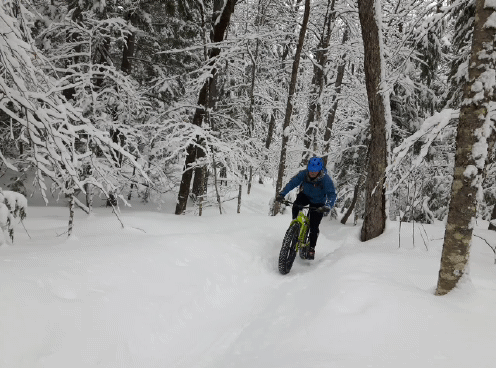
Grooming transforms snow through working it. We want to pack it down in a way that makes a level tread. When snow gets adequately compressed and is given a chance to ‘set up’ (i.e. re-freeze overnight), it can support a rider. Snowshoes make a great riding surface and we rely on snowshoe traffic to ride many winter trails where the terrain is too rough to groom with mechanized equipment – or we don’t have the permission to do so. Odell Park is a prime example.

Sometimes it can take a lot of traffic and set-up time to get a good result – depending on the type and amount of snow that the weather brings. Five centimeters of high-moisture snow might be directly rideable right after the storm ends but 30cm of dry powder is going to take a lot of work. Sugar snow and ice pellets tend to be the worst. It’s typical for Fredericton to get 10-15 cm of snow during a winter storm and if you’d like to help us get trails into shape here’s what you should know:
- If you’re the first person to break trail at a popular place like Odell Park you’ve got a big opportunity. Your job is to show the masses where to go while they are out for a walk behind you. 99% of snowshoers and walkers will follow along an existing trail that somebody else broke in. Cover as much single-track distance as you can and stick to the middle of the trail. Hopefully you know the trails – cause if you go the wrong way – eveyone is going to follow you!
- If a narrow trail is already broken in, make it wider. A single-file line of snowshoe tracks (i.e. two shoes wide) can be really hard to follow on a fatbike, particularly if it takes sharp curves and zags around corners. A track that’s 3 or 4 snowshoes wide makes for a much faster ride with way more flow. The masses of walkers and snowshoers that follow you will tend to pack the full width of the broken-in trail so don’t worry too much about packing the snow down. Just plan to cover lots of ground and try and expand the outside edge wherever you are curving around a corner of the trail.
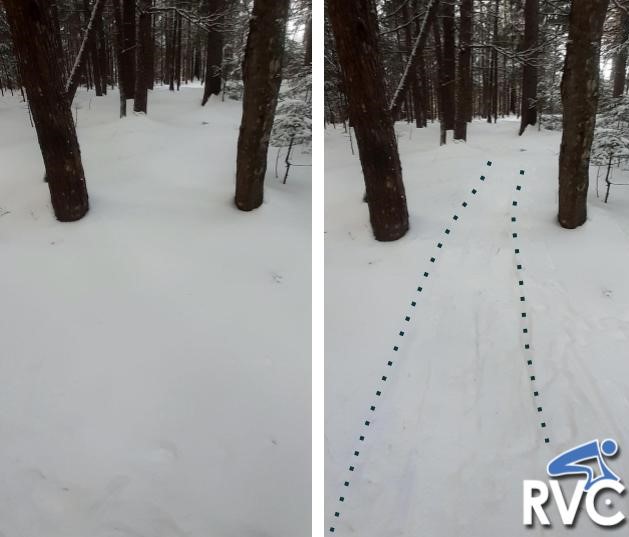
New riders tend to underestimate just how much snowshoe traffic is needed in order to make a trail fatbike ready. One or two passes with snowshoes isn’t going to cut it for a typical 15 cm snowfall but five or six passes can work wonders. After that – nothing makes better winter trails than fatbike traffic!
RVC would love to have a few committed snow-farmers who can lead up some purposeful snowshoe grooming at Odell park and other trailheads. So, if you love fatbiking and snowshoeing beautiful trails freshly after a storm we’d love to hear from you. This is just about the easiest way you can help maintain winter trails.
If you’re psyched about fatbike than remember to support RVC Winterbike with your membership!
